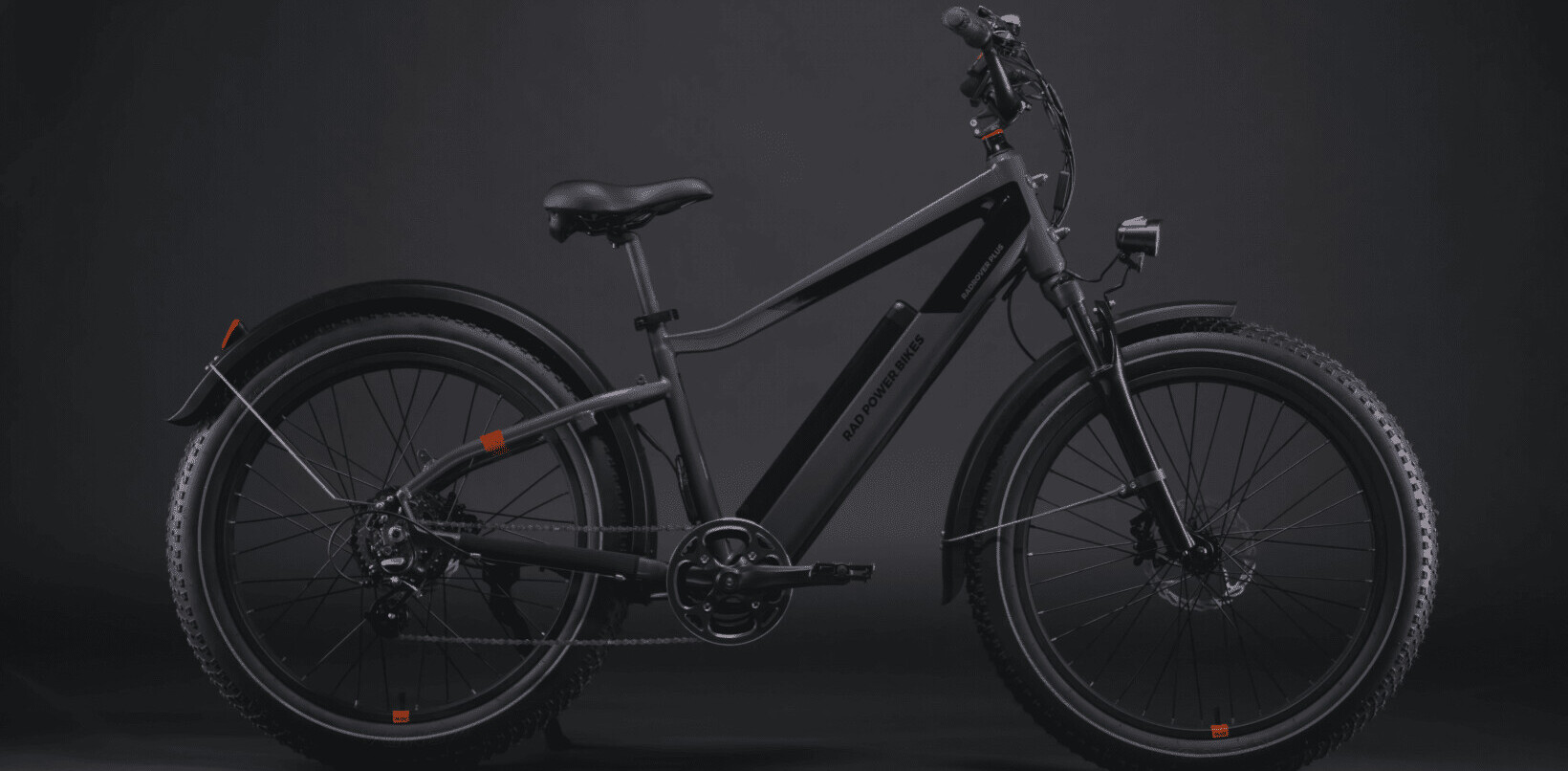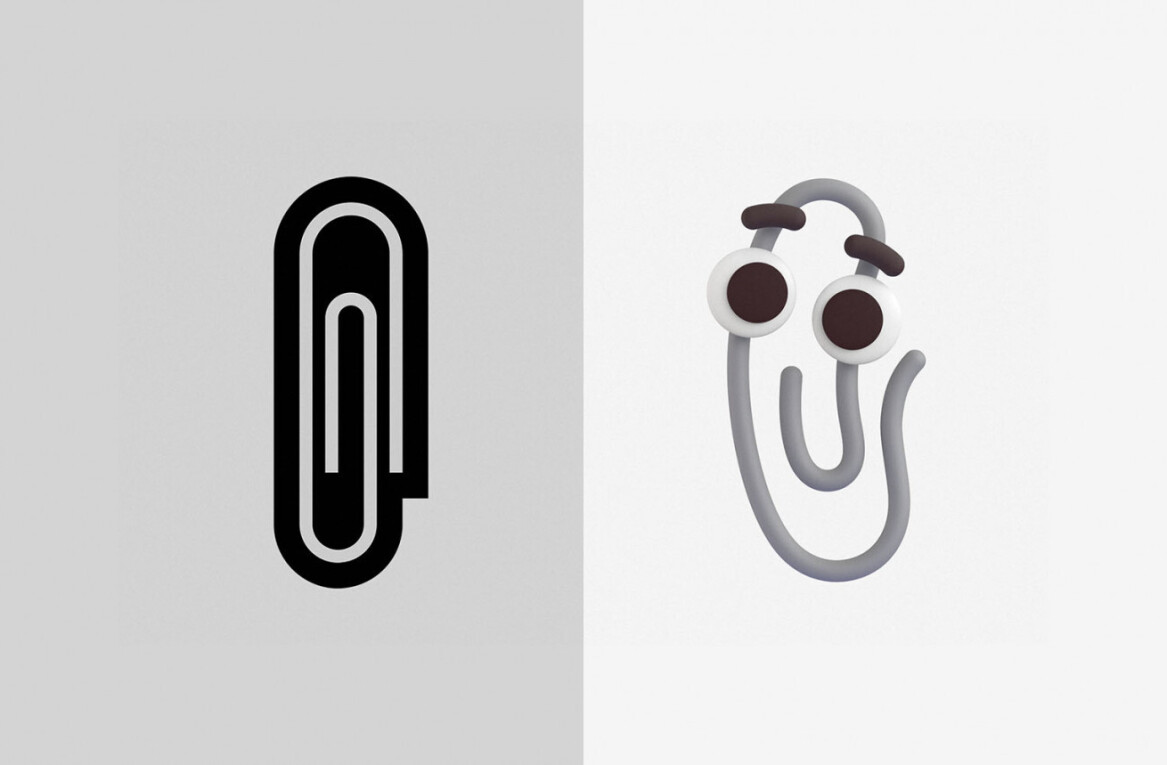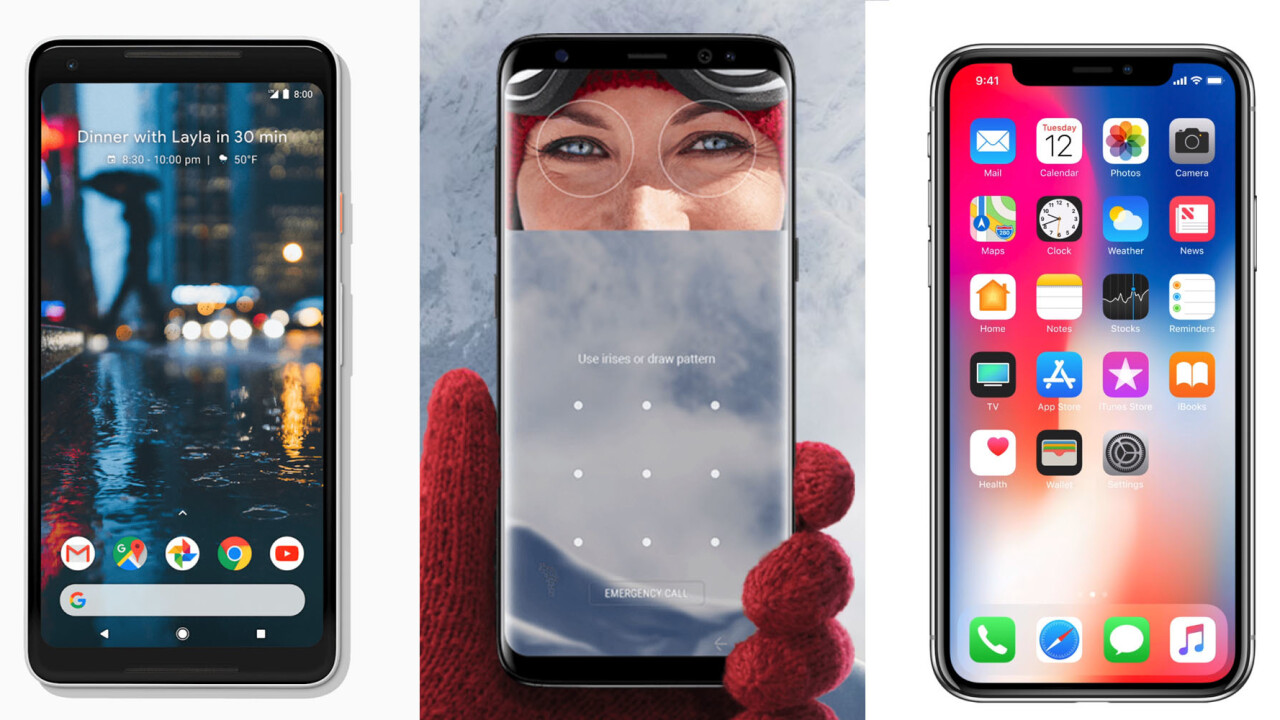
2017 has been an amazing year for smartphone nerds. It’s featured arguably the most consistently good phones I can remember, including some interesting newcomers. Here at TNW, we realize that not everyone agrees on what the ‘best’ phone is, but that’s okay. When there are so many devices this good, it’s important to embrace their differences and pick what’s best for you.
So instead of simply listing our favorite choices at every price range, our picks are aimed at different kinds of buyers and the types of phones things they’re looking for. As such, you might also see some overlap between categories. Also, keep in mind phones within a category are not ranked in any way.
The easy recommendations
This isn’t the most exciting-sounding category, but these are the phones you really can’t go wrong with. General popularity means wide carrier compatibility, wide-ranging accessories and accessible tech support. These are the phones you recommend to people who don’t know anything about phones or aren’t looking for any specific criteria – or if you don’t want to spend too much time thinking about it yourself.
Google Pixel 2 and Pixel 2 XL
![]()
Google’s flagship phones are simply the most well-rounded Android devices out there, with buttery-smooth performance, long battery life, a useful Google Assistant, and the best overall camera performance we’ve tested – including an impressive single-camera portrait mode. It’s also one of very few Android flagships that still comes in a small size that’s friendly for one-handed use.
It’s not without drawbacks, of course; stock Android is sometimes too barebones, there’s no headphone jack, and the XL’s display is a step behind OLEDs. Still, the device’s immediate access to Android’s newest updates bodes well for long-term performance, especially considering how well the original Pixel has held up a year later.
iPhone X
What can I say – it’s the latest and greatest iPhone. If you’re committed to iOS and/or Apple’s ecosystem, there’s no better choice for most people. It has an insanely powerful processor, wireless charging, and an excellent dual camera, but the real reason you buy this phone is for the nearly bezel-less OLED display – notch and all.
You might still prefer the iPhone 8 if you want an ever-so-slightly smaller device, or the 8 Plus for a screen that takes better advantage of real estate, but otherwise the iPhone X is clearly the best iPhone – if you can afford the $1,000 price tag, that is.
Samsung S8 and S8+

The Samsung Galaxy S8 is an incredibly solid all-rounder. Performance is solid, the camera is as reliable as ever, it has an extensive set of accessories, and battery life is strong on both models. Oh, and it has a headphone jack.
The phones helped kickstart the tiny bezel trend in 2017 after LG’s G6, and the smaller s8 is one of the few smallish phones with a bezel-less display. It does suffer a bit from laggy software, but it’s so packed with genuinely useful features that it can be forgiven if you want something more than stock android. Hopefully, the imminent upgrade to Android O will bring along some of the same improvements on the Note 8. On that note…
Best phones for power users
Let’s be honest; the real power users probably already know what they want in a phone. But if you want something more versatile than the average smartphone, even if they’re not the prettiest or full-featured, these are our favorite choices.
Samsung Galaxy Note 8
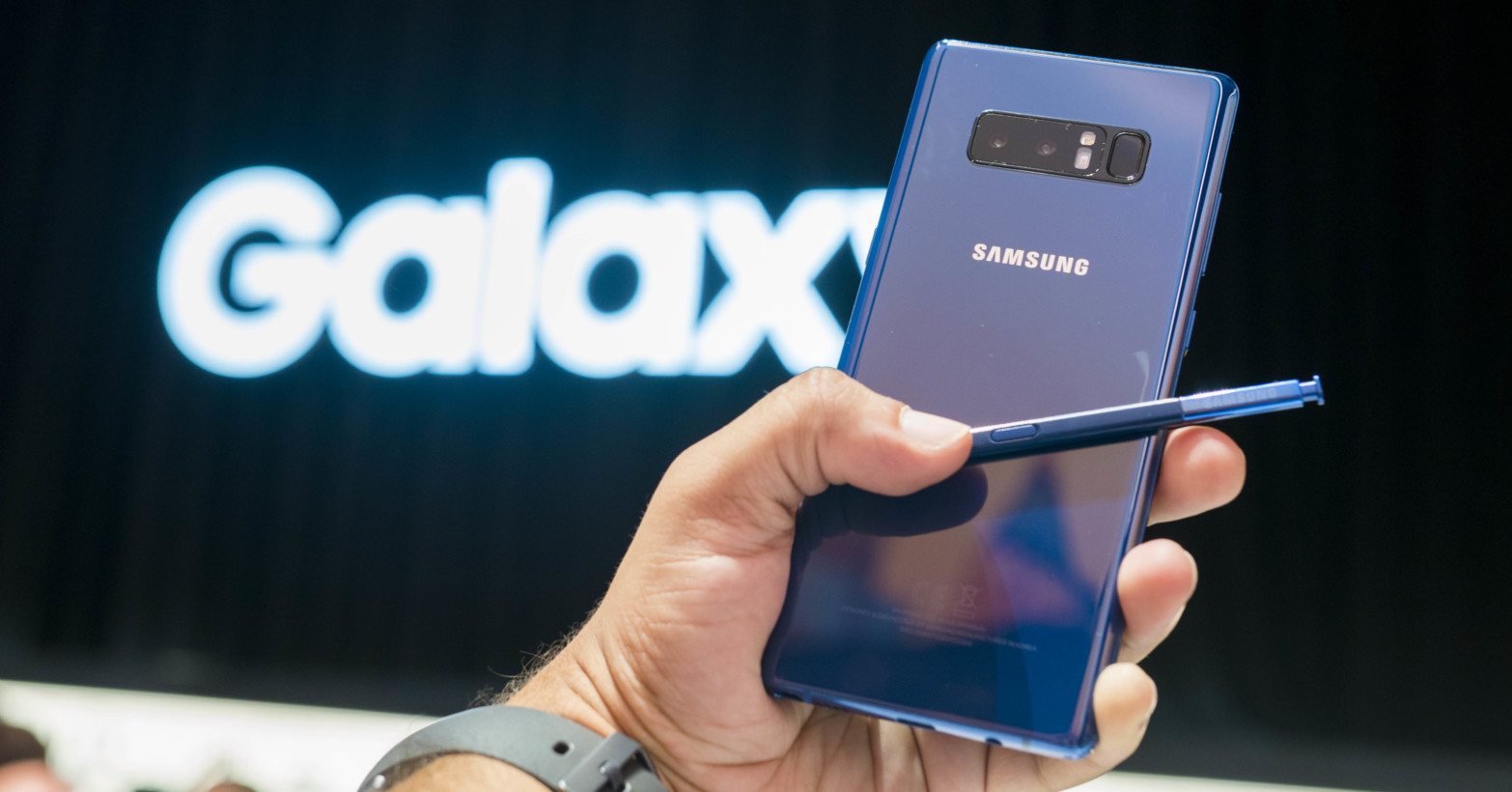
This shouldn’t come as a surprise. In many ways, the Samsung Note series has defined what it means to be a power user phone, and after the Note 7’s flamey fiasco, Samsung returned with a somewhat less-bombastic-than-usual but extremely reliable phone in the form of the Note 8.
It’s still the only phone worth buying if you want a stylus, it has a gorgeous, gigantic 6.3-inch screen, the dual camera-system is solid and it’s packed to the brim with software and hardware features. Though some of them are still extraneous, Samsung arguably packs in more useful software features than arguably any other manufacturer.
But one of the best things about the Note 8 is actually its performance. At long last, Samsung has worked past the traditional lagginess that settles into its phones after a short duration. The Note 8 is the first phone that feels almost as smooth as a stock Android phone to the naked eye. And despite having a smaller battery than the S8+, I’ve generally found I get slightly better battery on the Note 8 thanks to its added optimizations.
Huawei Mate 10 Pro

This phone still has an IR blaster. Need I say more?
Okay, I will. The Mate 10 Pro was one of the first phones to launch with Oreo – despite a heavy skin – and it both performs excellently and is packed with as many features as a Samsung Phone. One of my favorites is the ability to open a notification in split screen mode automatically. The camera is, in my opinion, is second only to the Pixel 2, and the 4,000 mAh battery will usually last you into a second day of use.
That said, there’s no headphone jack, which almost omitted it from this category, but the stereo speakers are solid. The phone also comes with screen protector and case by default, which is a nice touch for long-term durability.
OnePlus 5T
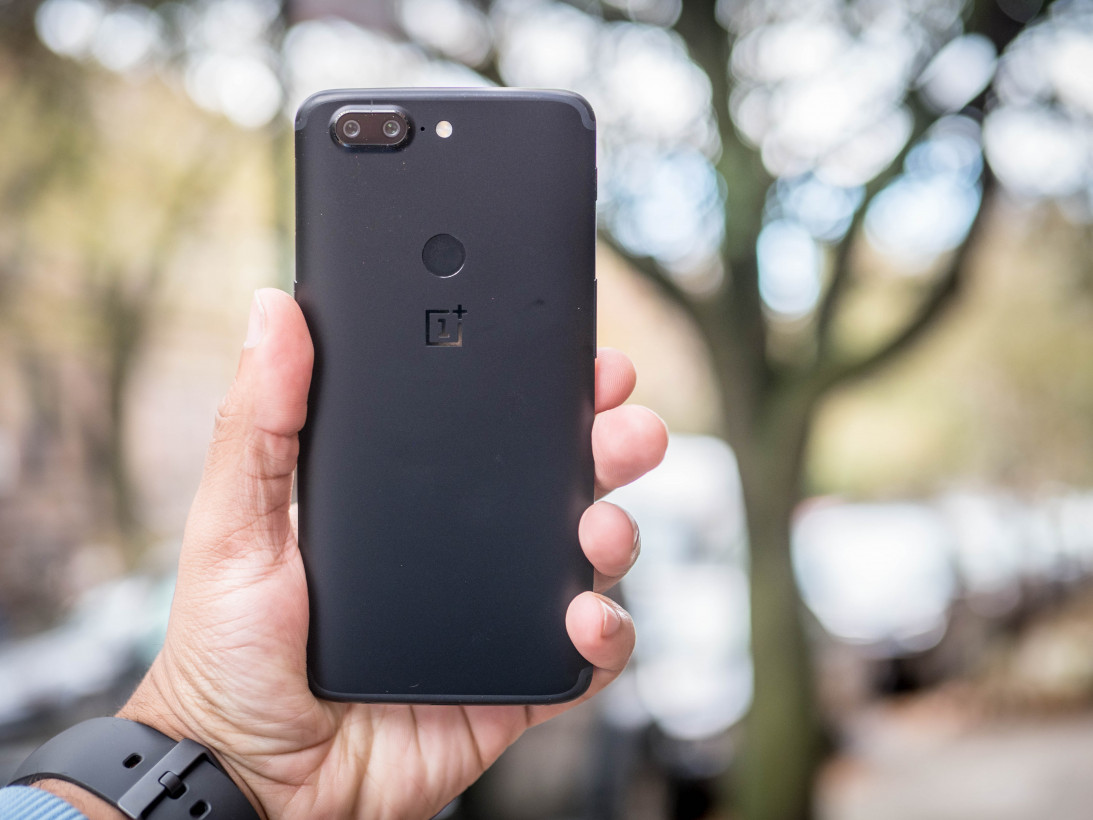
OnePlus built its reputation off of enthusiast Android users looking for a good value, and the OnePlus 5T delivers more than ever. For $500, you get flagship specs, and excellent display, a solid camera, and buttery smooth performance with consistent updates.
OnePlus’ software strikes a balance between being nearly as clean as stock Android while being much more powerful. Battery life is also among the best we’ve seen, with the fastest charging technology around. Better yet, charging speeds don’t slow down much while you’re using the phone.
Google Pixel 2 and Pixel 2 XL
The Pixel 2 gets a mention here not because it’s the most flexible or has the most software features – far from it, but power users also care about performance and quick updates. Pretty much no Android phone is smoother than the Pixel 2, and it’s one of the easiest phones to root for access to additional features, with wide developer community.
Best phone for photographers
These, of course, are the phones that take the best photos, but each takes significantly different approaches to the theme.
Google Pixel 2 and Pixel 2 XL
The Pixel 2 has few manual controls, can’t shoot in RAW, and only has a single camera, but none of that really matters: it takes fantastic photos which respond surprisingly well to editing for JPEGs.
The cameras software processing is really the star of the show here, particularly in how it handles difficult scenes in low light, mixed lighting, and high dynamic range settings. Its AI-powered portrait mode is one of the most effective ones – even if it’s not perfect. It’s particularly impressive in the front-facing camera which has no special hardware helping out the effect.
Huawei Mate 10 Pro
Huawei made a huge step up in camera quality this year with the Mate 10. Not that its previous phones were bad, but in side by side comparisons, I was surprised at how close the Mate 10 came to matching the Pixel 2’s performance, even though the two devices have totally different ways of rendering scenes. The phone uses AI to recognize different scenes and adjust it’s processing accordingly. To my surprise, scene detection makes a really difference.
Huawei’s camera also gets point for flexibility. Its main interface is simple and intuitive, but there are way more built in tools and effects than most phones. In particular, I appreciate how the second camera helps add extra detail when zooming, and how you can adjust the strength of portrait mode photos after the fact.
LG V30

LG’s V30 has a solid main shooter, but its best asset is the wide-angle camera. I find this addition infinitely more useful than a telephoto lens, and with upgraded glass this year, the images are sharper than ever. There’s no portrait mode, but the wide-angle camera arguably opens up many more possibilities.
But where it really shines is video. The V30 provides an incredible amount of flexibility for videos, including full manual settings, advanced microphone control, a variety of professional-looking filters, and more.
Best values for the wallet-conscious
These are simply the phones that offer the most bang for your buck. That said, many of the d
OnePlus 5T
The OnePlus 5T is the closest OnePlus has ever been to a true flagship killer, and if it had wider support across US CDMA carriers, it would’ve made it to the “easy recommendation” list too. But for $500 you can’t really get a better phone.
The Essential Phone
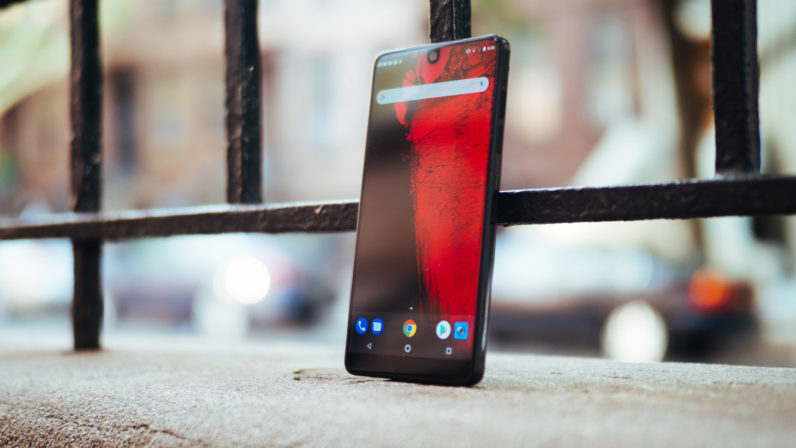
The Essential Phone was one of the most hyped products of the year. Though I liked the phone at launch, it felt a little rushed – particularly in the camera department. But the company has updated the phone consistently since launch, significantly improving the camera and introducing a surprisingly good portrait mode.
Then the company dropped the price down to $500, instantly transforming it into one of the best values of the year. It’s actually my favorite phone design of the year thanks to its use of ceramic and titanium. Not bad for a phone with a ‘budget flagship’ price.
Honor 7X
Starting at $200, the Honor 7X is an impressive value whose design doesn’t betray its price. It has an aluminum frame and dual cameras, but most importantly, it’s one of very few budget phones with teensy bezels. That alone will make it a unique option in the price range.
The Micro USB port kills me a little in the inside, and I wish it had launched with Oreo, but you can’t ask for too much at this price point.
Moto G5 Plus
Motorola’s Moto G phones have long been some of the best values on the market, and this year it’s no different. For a street price around $200, you get a solid metal design, near stock Android (with some useful additions!), smooth performance and a long battery life. Motorola also does a good job of updating its phones, so that bodes well for the future.
2017 had the most consistently good devices in recent memory
Of all the phones I tested this year, there isn’t a single on I’d call flat out ‘bad’. In fact, the year was populated by impressive devices that pretty much all had performance and battery life. We saw much overdue move to bezel-less displays, a near-universal adoption of USB-C charging, and cameras that are starting to give DSLRs a run for their money in certain scenarios.
We also saw the seeds of a movement towards a greater emphasis on AI, enabling some of these device’s most unique features. Expect a lot more of that in 2018, as specs become less important and manufactures try to find new ways to differentiate themselves. I can’t wait.
Get the TNW newsletter
Get the most important tech news in your inbox each week.
